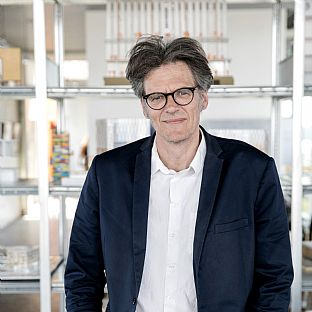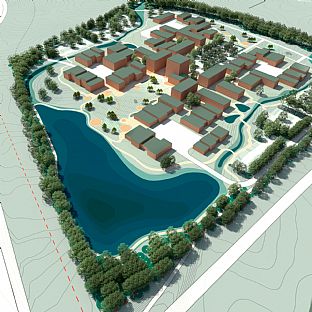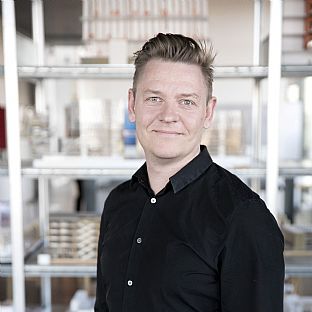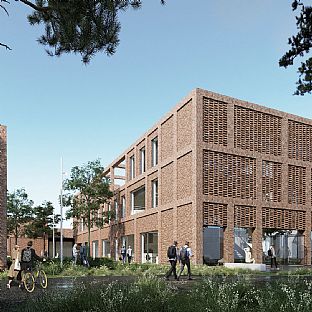"We are proud to be designing a new knowledge campus for the DTI in Aarhus North. This is an opportunity to devise a modern structure for knowledge sharing and innovation, in interaction with green and attractive surroundings, is one of the core areas we've been working on since Aarhus University was established," says Klavs Hyttel, Partner at C.F. Møller Architects.
The campus area will have four clusters of separate buildings for administration, workshops, and pilot halls. There will be a total of 12 buildings across 8,000m². The buildings have varying dimensions and up to three levels, and they are all brick buildings.
The clusters are grouped around a courtyard area where the six-storey main building acts as the anchor point for the DTI campus area. The ground floor has large glass panels that provide an open, welcoming façade for the main building as a meeting point, with canteen, office space and conference rooms.
Sections are designed to shrink and grow as new technological opportunities and developments emerge, makes the new campus area future-proof from the point of view of the DTI.







